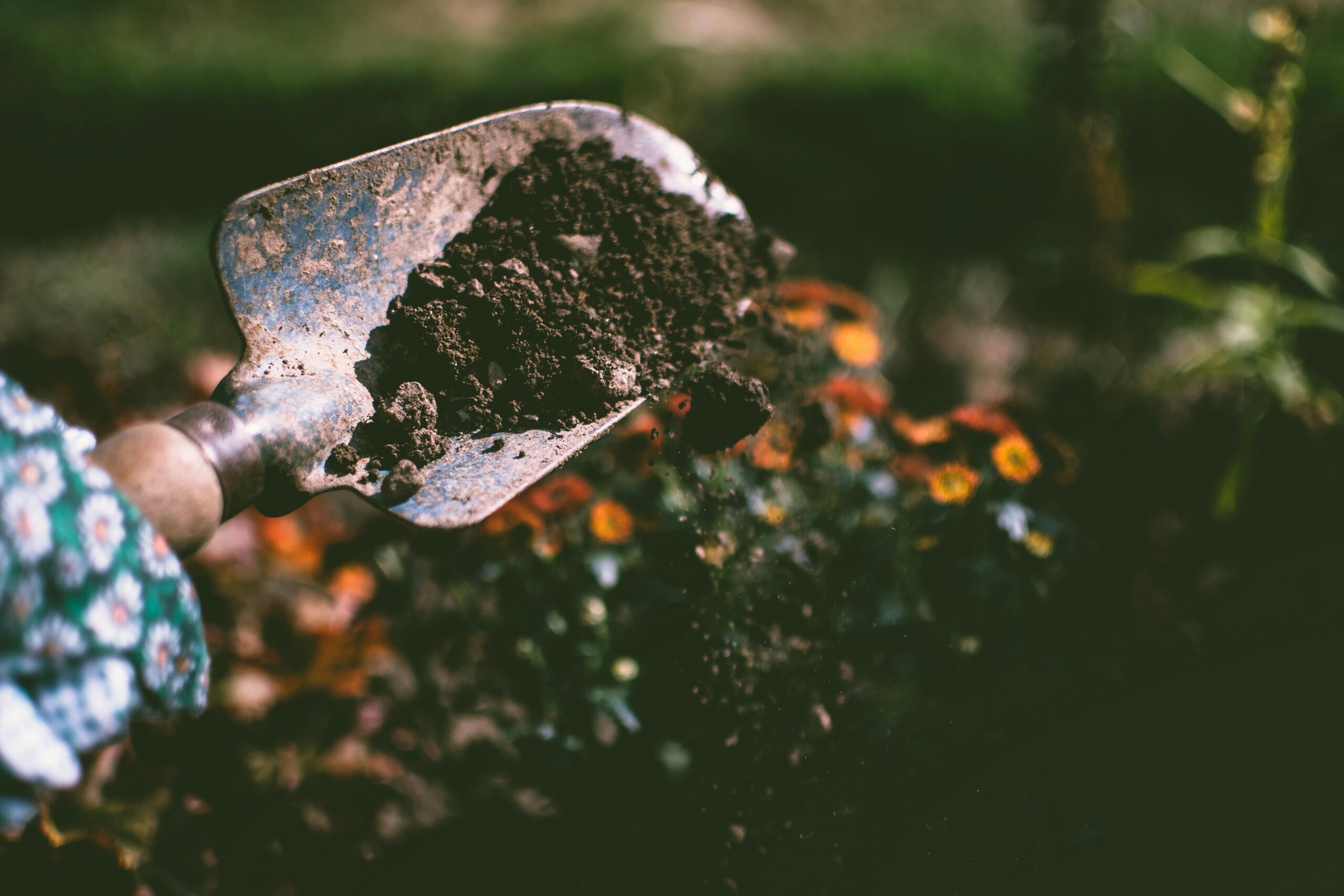As summer arrives, many gardeners are getting back outdoors. Whether you’re an experienced or new gardener, it’s crucial to prepare your body for the physical demands of digging, weeding and planting. Osteopathy, a holistic approach to musculoskeletal health, can help you enjoy gardening without discomfort or injury.
Gardening involves physical tasks that can be demanding. Activities such as digging, planting, pruning, and weeding require repetitive motions that may impact your back, shoulders, knees, and wrists. Extended periods of bending, kneeling, and lifting may aggravate conditions like arthritis or lower back pain.
Many gardeners may experience stiffness and soreness after dedicating time to tending their plants. Overexertion can occasionally result in muscle strains, joint inflammation, or more severe conditions such as tendonitis. Osteopathy can offer significant relief and therapeutic benefits in these situations.
5 ways osteopathy helps gardeners
Osteopathy is a non-invasive therapy that works by improving the function of the musculoskeletal system. Osteopaths employ techniques like stretching, massage, and joint mobilisation to restore balance and reduce pain. Here is how osteopathy can assist in preparing for and enjoying the gardening season:
1. Boosting Flexibility and Mobility
Gardening calls for a wide range of movements, including twisting, bending, reaching and squatting. Osteopathy boosts flexibility by easing muscle tension and increasing joint mobility. Regular treatment can help ensure that you remain supple and able to perform these repetitive movements without injury.
2. Strengthening Muscle Groups
Gardening involves various muscle groups, primarily the core, back, shoulders, and legs. Osteopathy can assist in identifying areas of weakness or imbalance, offering recommendations for exercises to strengthen these muscles. A well-conditioned body is less susceptible to injuries during repetitive gardening activities.
3. Improving Posture and Movement
Inappropriate posture and movements during gardening may lead to musculoskeletal discomfort. An osteopath can expertly evaluate your posture and provide personalised recommendations for safer techniques when digging, lifting, or kneeling. Minor adjustments, such as bending from the hips rather than the lower back or utilising ergonomic gardening tools, can ease strain.
4. Preventing and Managing Pain
For individuals with conditions such as back pain, arthritis, or joint stiffness, osteopathy can help manage these issues before the gardening season. Osteopaths aim to reduce inflammation, alleviate muscle tightness, and improve circulation, which may help prevent pain during physically demanding tasks.
5. Promoting Recovery and Healing
Gardening can lead to soreness or stiffness, particularly after periods of inactivity. Osteopathic treatments may assist recovery from pain by addressing muscle tension and enhancing blood circulation, thereby supporting the body’s natural healing process.
Gardening is a great way to stay active, but don’t underestimate the physical demands. By consulting with your osteopath, you can better prepare your body for a full gardening season, prevent injuries, and enjoy gardening with ease, pain-free. Osteopathy provides a natural and effective approach to maintaining musculoskeletal health, whether you require treatment for an existing condition or seek to promote overall physical wellbeing. It helps to ensure strength, flexibility, and relief from pain.
Book your appointment now
It couldn’t be easier to book your appointment with Osteo & Physio! Book a session via our app, website or call our friendly reception team on 0345 5577788.


